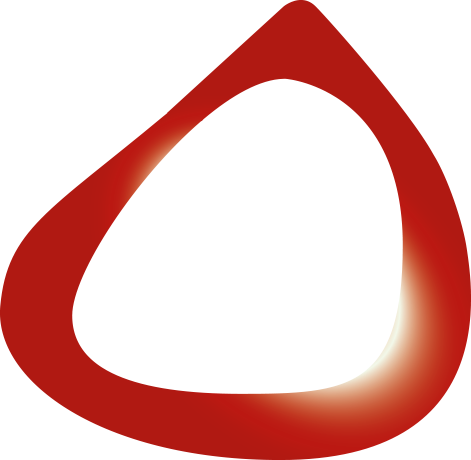The scar is made up of collagen fibers and is a key part of the natural healing process after an injury to the entire thickness of the skin.
Scars have a different texture and appearance compared to normal skin, because their composition and structure are different.
The scars we encounter are numerous. On average, plastic surgeons examine 40,000 patients a year with linear hypertrophic or keloid scars.
Types of Scars
Hypertrophic Scars
Scars whose development is limited to the borders of the original wound.
They are often red, irritated, itchy and painful.
Keloid scars
Scars that extend beyond the edges of the original wound and penetrate the normal area of skin surrounding the wound.
They continue to grow over time and do not improve automatically.
Atrophic scars
Flat, concave and under the skin that surrounds them.
They are generally small in size and often round in shape.
They usually appear after acne or chickenpox.
Treatment
Currently available options for treating and preventing scars include:
Non-aggressive
Silicone Gel Leaves
Pressure Therapy / Compression
On-site administration of Steroids
Consulting
Polyurethane patches
Aggressive
Surgery
Injectable Steroids
Micro-tattoo
Fractional lasers
With invasive Co2 laser, tissue sublimation is caused
With non-invasive ERBIUM laser (FRAXEL, MOSAIC), the superficial part of the skin and the dermis is removed
With injectable collagen
Medium depth or deep chemical peeling
Dermabration (mechanical exfoliation)
All scars that create an aesthetic and functional problem, even the oldest, can be helped with the right treatment.
New developments in laser treatments have proven to be particularly effective in reducing the appearance of scars, even when they have been around for decades.




